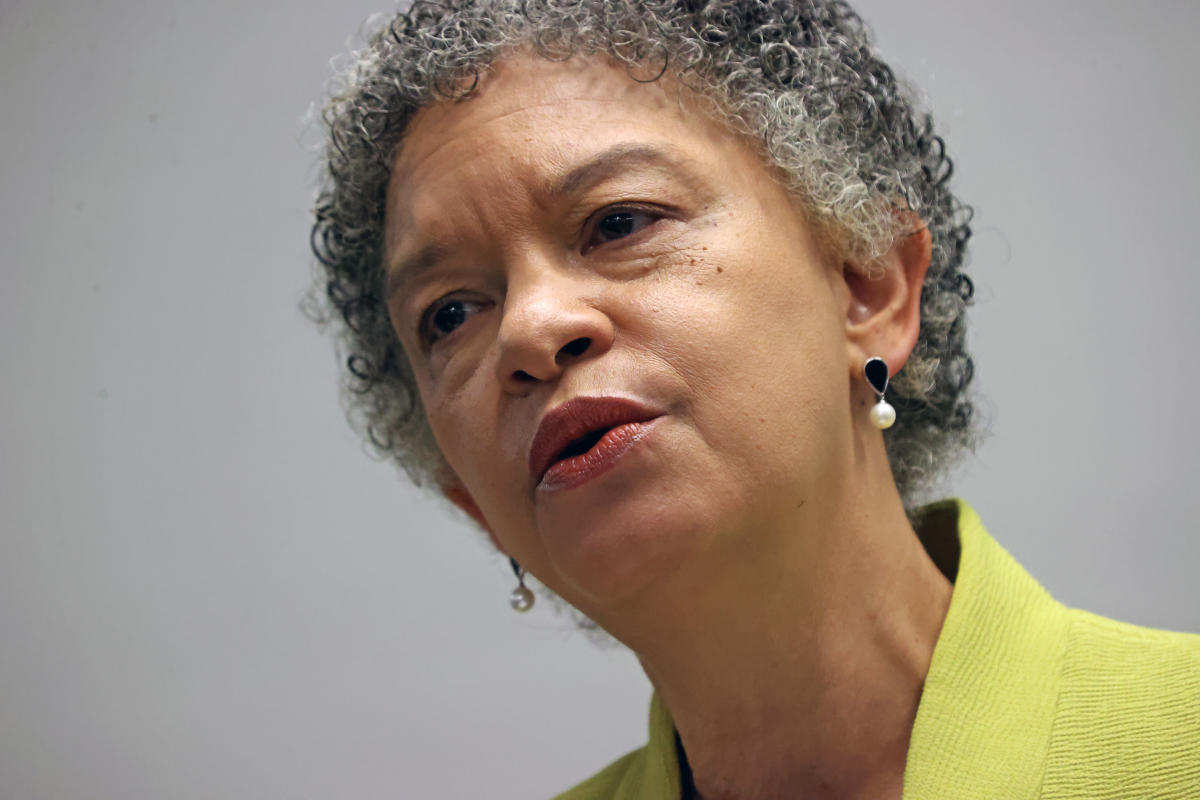Rate Pause Ahead: Fed's Collins Hints at Potential 2025 Pivot

In a candid interview with Yahoo Finance, Susan Collins, president of the Boston Federal Reserve, signaled a cautious approach to monetary policy amid growing economic uncertainties. The impact of President Trump's tariffs has prompted the central bank to consider maintaining current interest rates for an extended period.
Despite the challenging economic landscape, Collins hinted at the possibility of potential rate cuts later in the year, suggesting the Fed remains flexible in its monetary strategy. Her comments reflect the delicate balance the central bank must strike between supporting economic growth and managing inflationary pressures.
The ongoing trade tensions and their potential ripple effects have added complexity to the Fed's decision-making process, making a wait-and-see approach seem increasingly prudent. Investors and economists will be closely watching for further signals from the Federal Reserve in the coming months.
